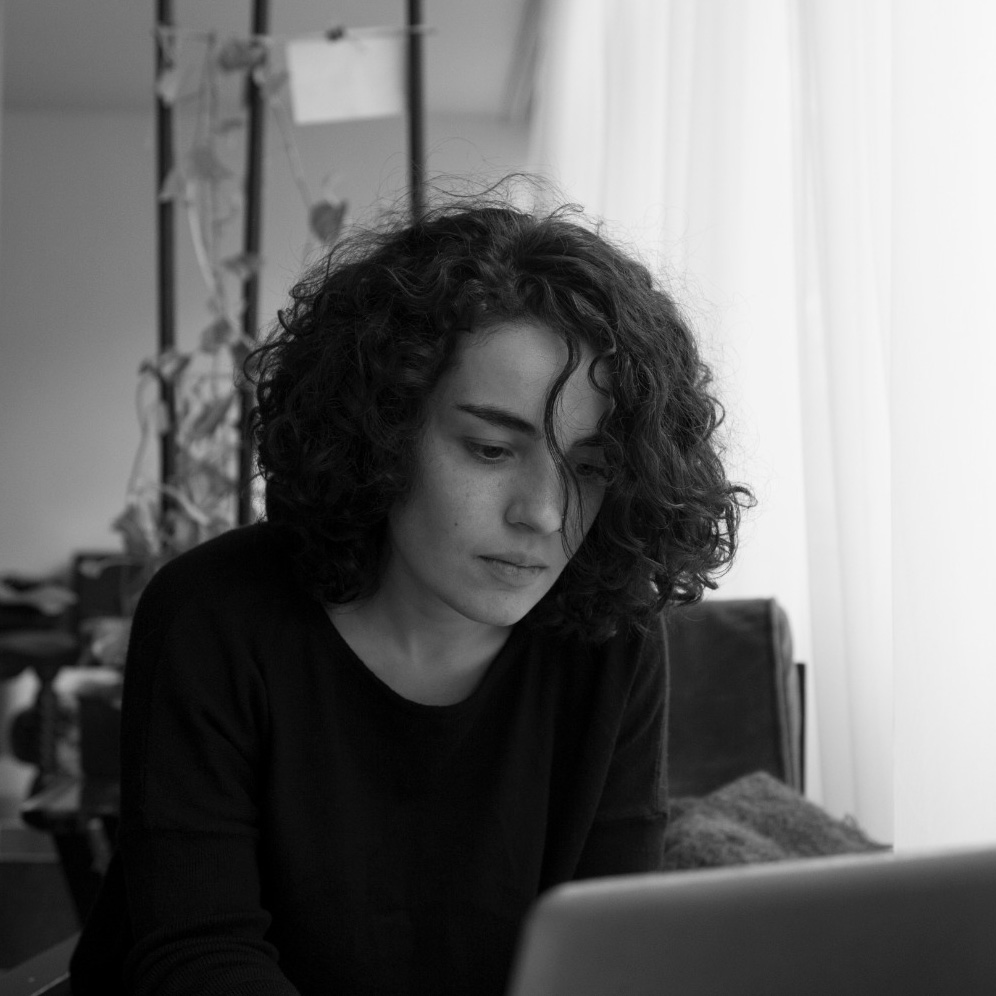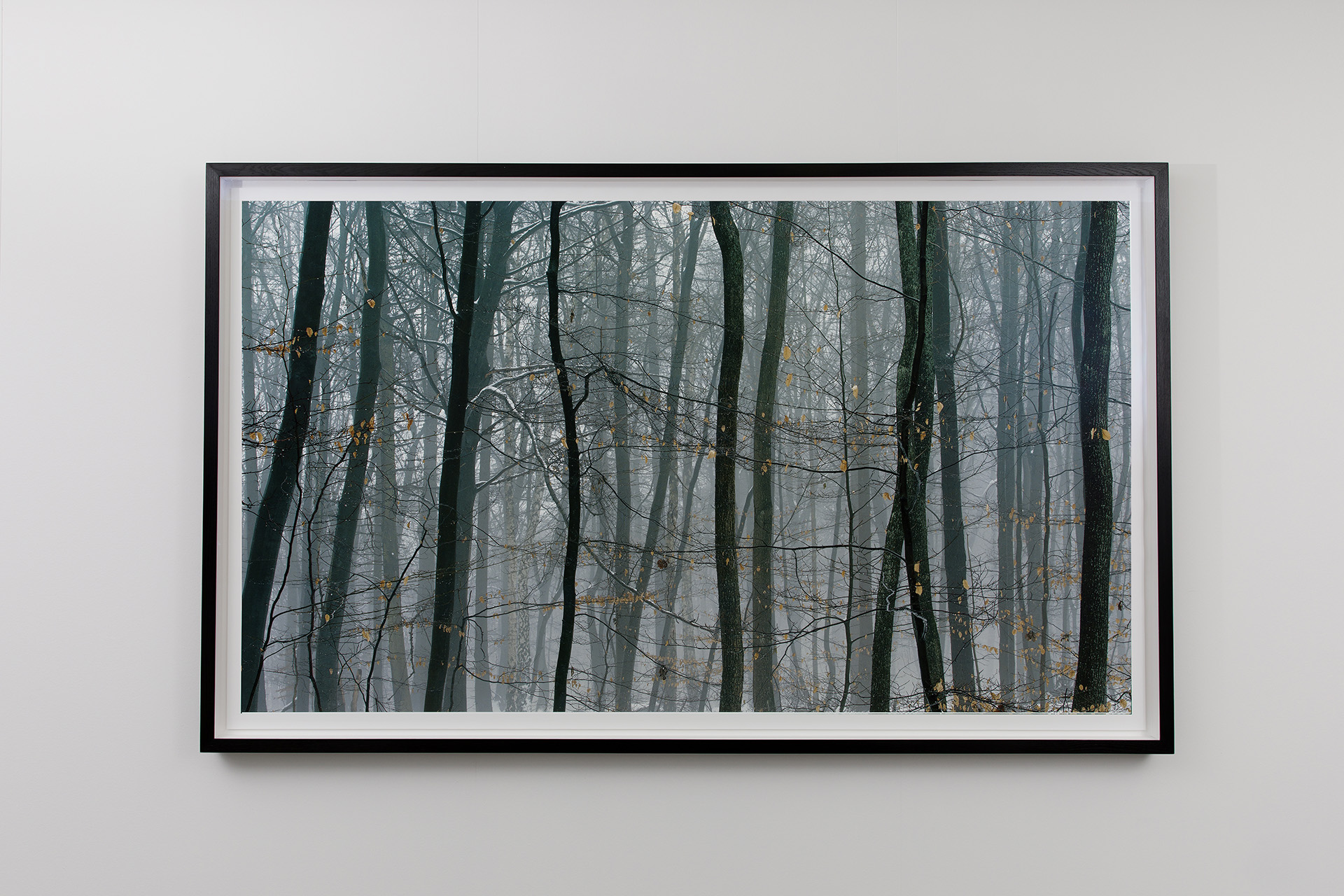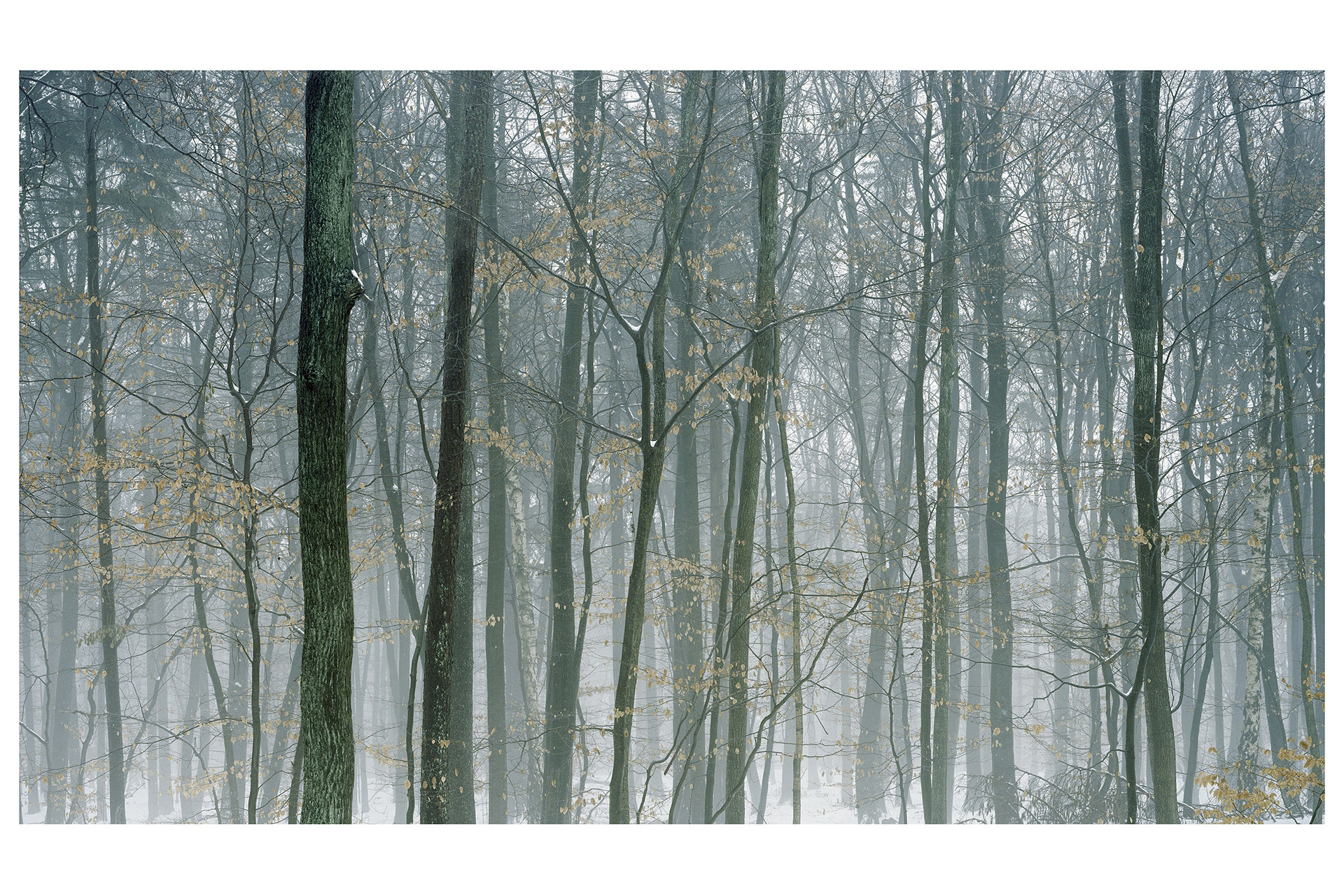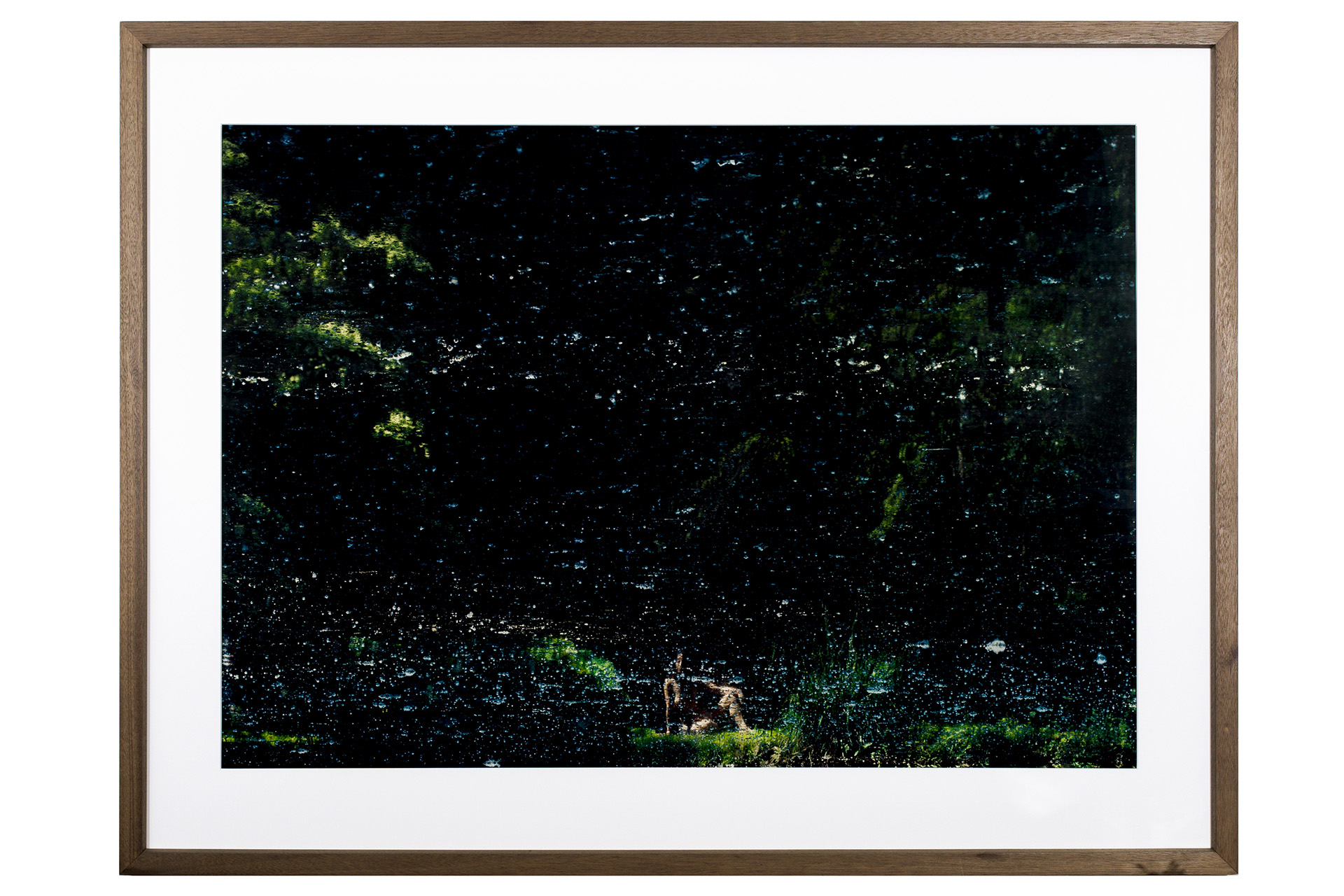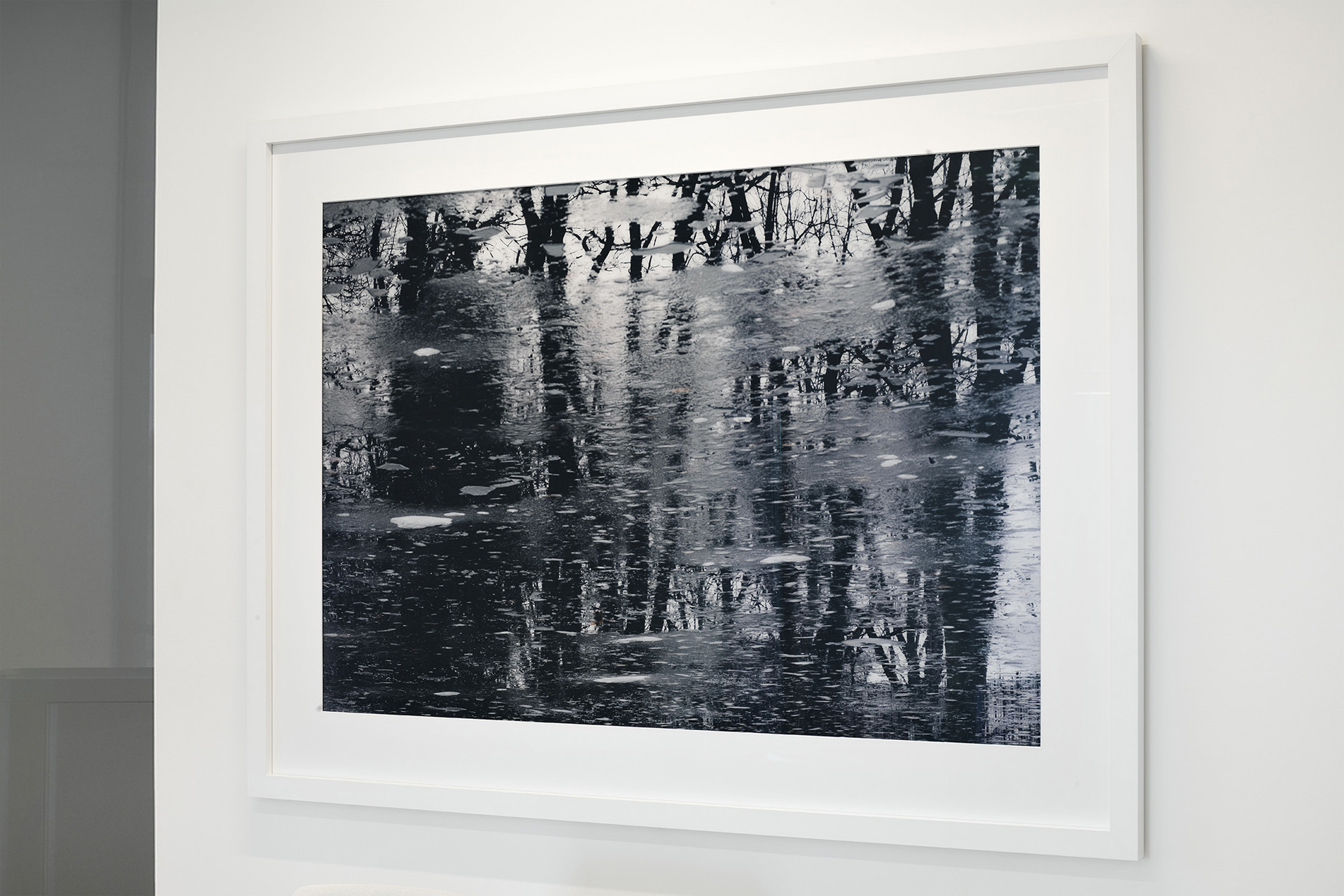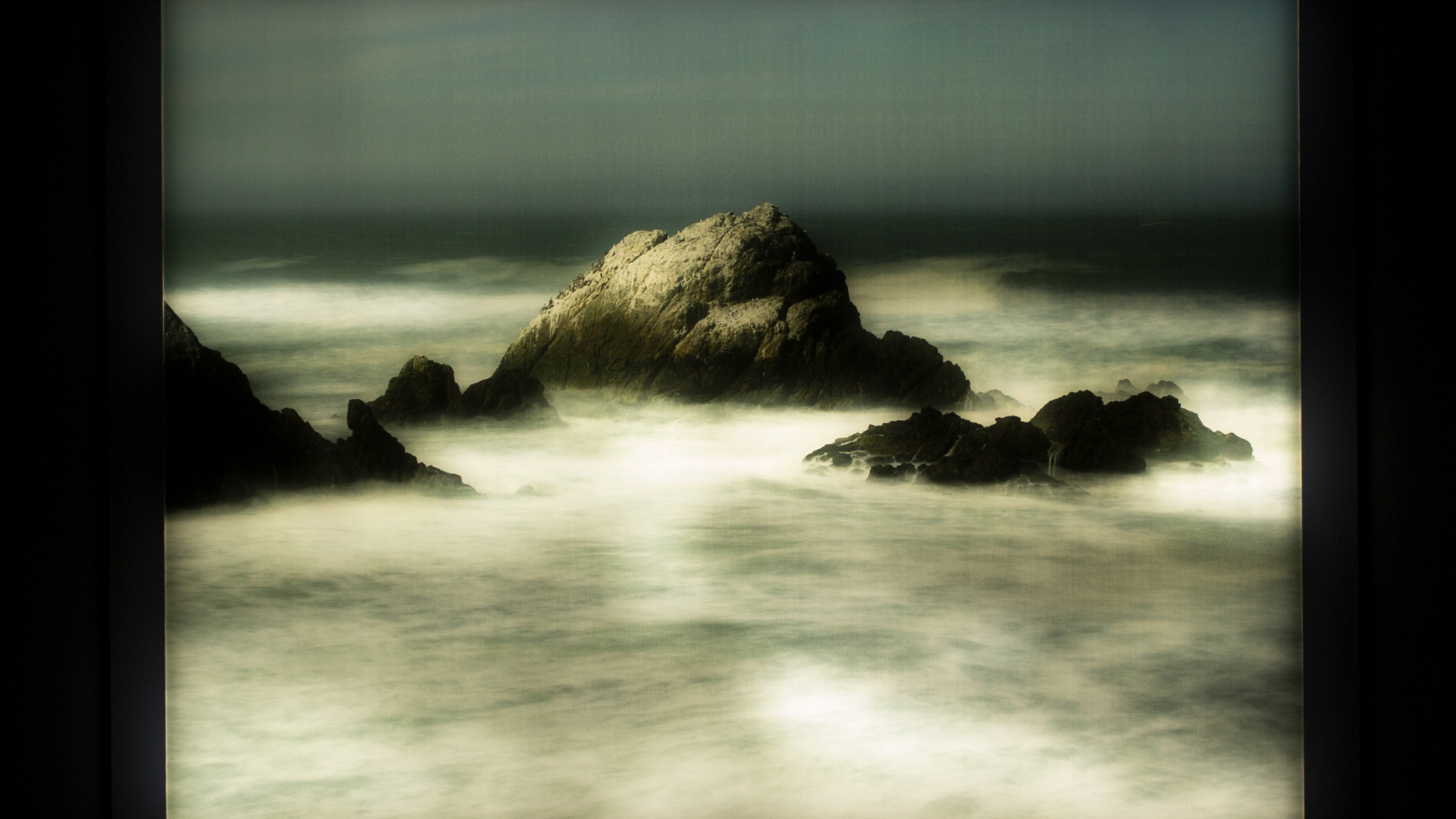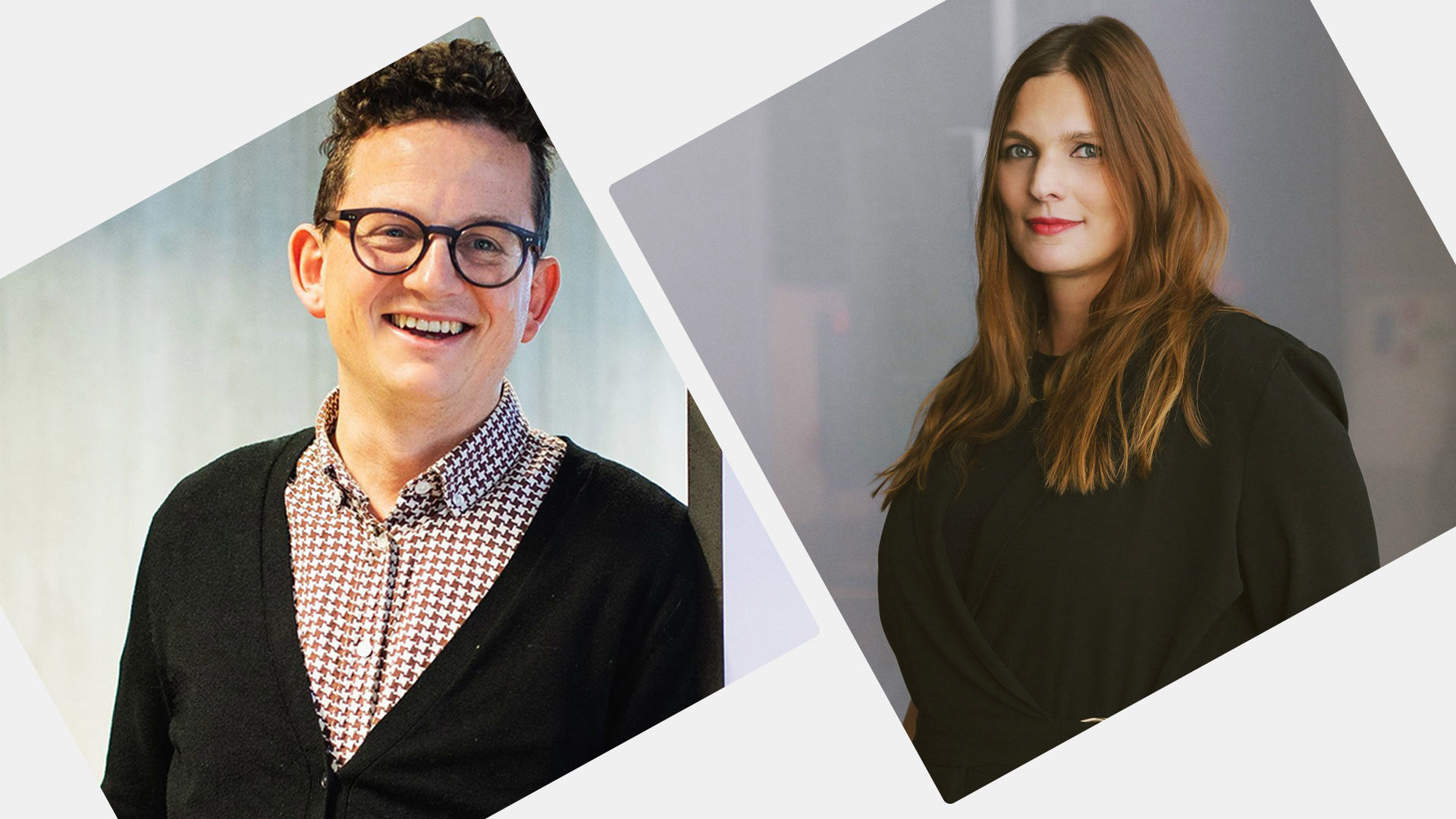Blog
Landscape is the perfect topic to fail: An Interview with Axel Hütte
14 January 2021 Thu
İpek Çınar: Your photos carry the lonely and delicate feature of deadpan photography. They are compositionally and structurally perfect. That attention and meticulousness in your photographs, as well as their compositional features, make me think of the Kunstakademie Düsseldorf where you worked with Bernd and Hilla Becher. Could you briefly talk about your education and its impact on your photographs?
Axel Hütte: Bernd Becher imparted the knowledge that obsessive working is a vital and exciting attitude and that learning by doing is the best method for students. The difficult part is to find a solution for the balance between the topic you have chosen and the individual gaze. For each topic you have to find the specific gaze.
İÇ: In one of your statements about the way of experiencing a landscape, you say that the human gaze tends to wander around surroundings, rather than remaining fixed at one particular point. This reminds me of Merleau-Ponty’s words, about Cézanne’s paintings. He notes that Cézanne’s paintings show us overlapping perspectives within which different aspects are somehow seen together 1 . The landscape is temporary while the photograph/picture captures that view forever and allows the viewers to relish every little detail. In that sense, I am curious about the moment that you are behind the camera and the moment that you look at the print. In other words, when you look at a landscape and a photograph of that landscape, does your perception of the view change?
AH: The photograph is the essence, the transformation of a lived moment. The photograph recalls the moment when the wandering gaze came to a halt. It tries to convey to the viewer the sense of wonder that caused the gaze to rest. What is important is the imagination, which the photograph evokes in me and in the viewer. Human perception and the optical technical recording of reality are inherently different. The spatial perception differs and has to be simulated in the photograph via the image construction, so that the viewer believes they can enter the image space. It is a trick of the senses, leading the viewer to experience the atmosphere that manifests itself in the image firsthand.
İÇ: You use large-format cameras and sometimes long exposure times. In other words, you are not a “moment” or “snapshot” photographer. What is the position of the technique in your photographic approach?
AH: I use both analogue and digital equipment. All videos are shot digitally. Likewise my most recent photographic series was produced in a studio. I keep experimenting with various techniques when taking images or filming and in post-production, governed by my idea of how to translate the reality into an image. In the digital field, technical innovations come onto the market about every 3 years. This forces one to renew one‘s equipment regularly, but it is also an incentive to try new experimental work.
İÇ: At this point, I would like to ask about the “Imperial Rooms” specifically. In 2018, you held an exhibition, Imperial - Majestic - Magical, and printed your architectural photographs on glass plates. What was the idea behind it?
AH: Originally, the prints were analogously produced, via a negative. In order to print them on glass, however, you need digital files. I set out to create a simulation of daguerreotypes, where the image changes depending on the position of the viewer. With daguerreotypes, the image flips from positive to negative, with my glass photographs the brightness switches according to the viewer‘s position.
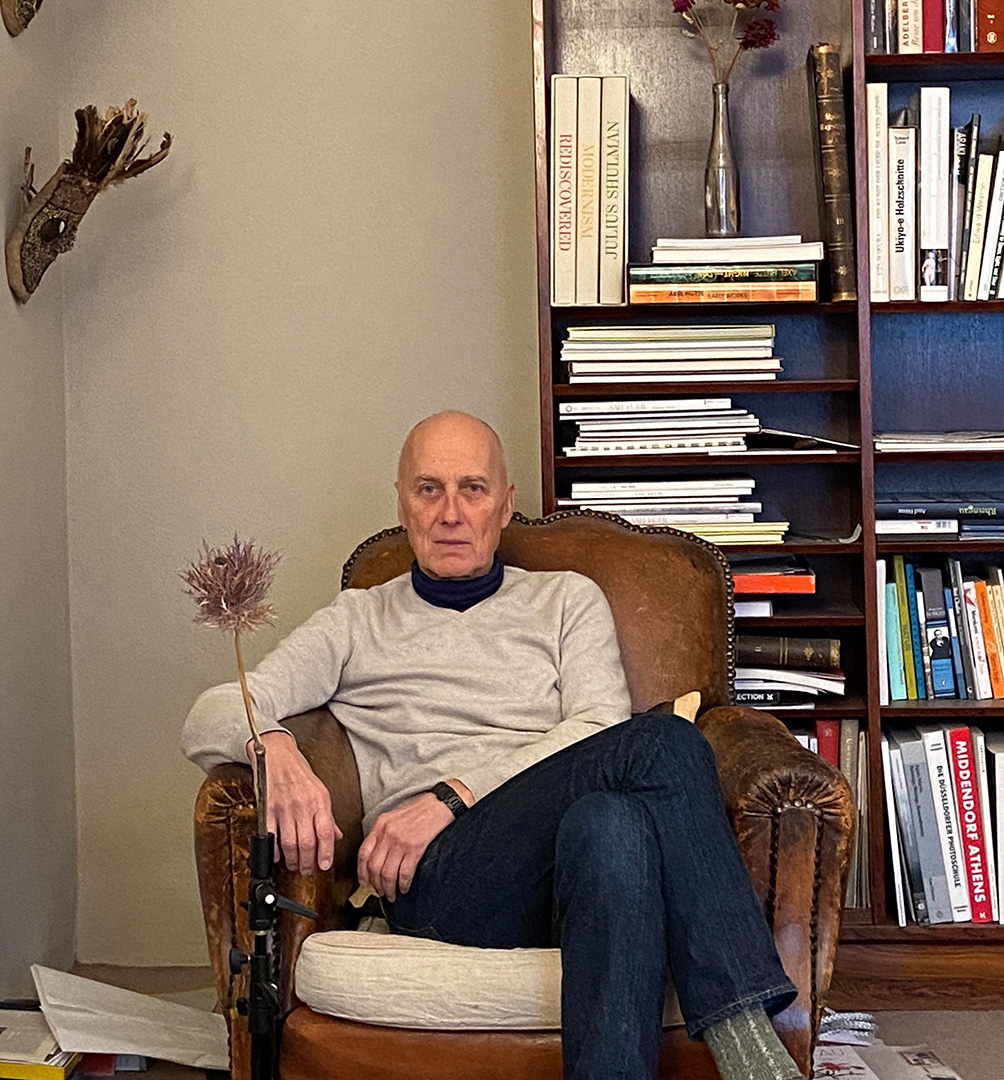
Axel Hütte
Photography: Ola Kolehmainen
İÇ: How do you approach a series, in other words, narratives? What is your position between a single image and a series?
AH: A snapshot photographer is looking for a single image, a decisive moment, using a photojournalistic approach to catch an action. My work is a chain of single images that are focusing on different topics. In a series, different aspects, different chapters of a story are told allowing the viewer to unfold their own story in their imagination.
İÇ: Obviously, landscape photography is no longer just about nature but also about the “gaze”. For example, Jackie Higgins adds the photographers Andreas Gursky, Sohei Nishino, Olafur Eliasson to the subgenre of landscape photography. Architecture stands out as a subject as much as nature in your photographs. So, what does “landscape photography” mean to you?
AH: Art is always dealing with the gaze.
Sometimes it is boringly spectacular.
Sometimes it is mystic and enigmatic.
Sometimes it is deadpan interesting.
Landscape is the perfect topic to fail, hopefully with each try one fails better.
Berlin, November 10, 2020
1- Merleau-Ponty, M. (2004). The world of perception. Routledge.
ABOUT THE WRITER
İpek Çınar
Born in 1992 in Ankara, İpek Çınar has completed her studies in Political Sciences at METU in 2018 and began her graduate studies in the ‘Art in Context’ MA programme at UdK Berlin in 2020.
Working predominantly with the photographic medium since 2011, Çınar tells stories that seek to convey an idiosyncratic language by blending photography with writing. In addition to her photographic production, she contributes to various publications with essays, interviews and series of articles; prepares exhibition catalogues and acts as a content advisor, particularly on photography.
Çınar was among the coordinators of The Booklab project by Frederic Lezmi and Okay Karadayılar; she worked as an instructor for the Darkroom and editing workshops at Ka Fotoğraf Geliştirme Atölyesi (Photography Enhancement Atelier) in Ankara and acted as a content advisor for the photography documentary of TRT 2, İzler Suretler (Faces Traces).
She opened solo exhibitions at Poligon “The Shooting Gallery” and at Ka Fotoğraf Geliştirme Atölyesi and took part in numerous group shows in Turkey and abroad. She has been invited to international artist residencies, workshops and festivals where she participated in exhibition and lecture programs. İpek Çınar, who is also a member of AICA Turkey, is the co-editor of Orta Format Magazine since 2015 and she loves the magazine very much.
